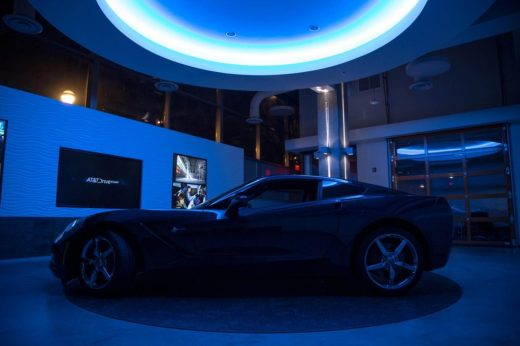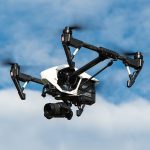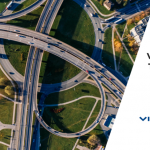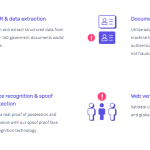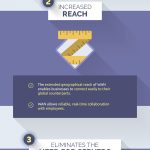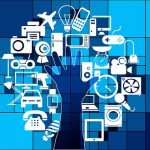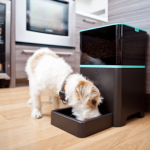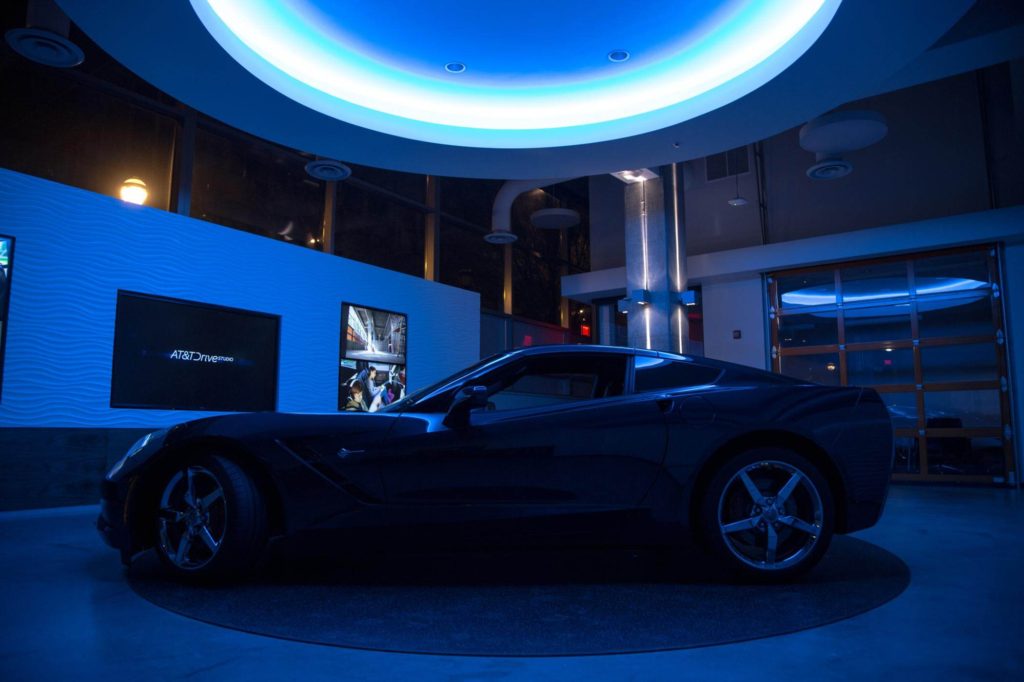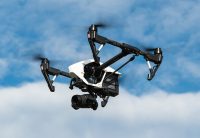Founding a new AT&T for IoT
Founding a new AT&T for IoT

Chris Penrose is a Senior Vice President for AT&T Mobility. More importantly, he is with their IoT Solutions group, leading the charge in launching their innovative foundry program.
ReadWrite: So tell us a little bit about your group?
Chris Penrose: My team is the Internet of Things Solutions Organization here at AT&T. We were founded eight years ago, and that was really based upon the fact that the Amazon Kindle had come out and our chairman at the time had got one, and was like, hey, I don’t understand why this is not with AT&T. And I want to understand what else is out there that could be connected that is not connected today. So what we have is a small innovation start-up inside of AT&T whose whole mission is to go around the world and connect things that have not been connected and transform the way businesses are operating.
We view AT&T as one of the true leaders in the Internet of Things, connecting people and processes and things. We are also offering up truly integrated solutions, and we have made a lot of investments in the space early. Now we just crossed nearly 28 million devices on our networks that are not smart tablets and smartphones. So I like to say I have a team that can go sit down with a business anywhere in the world, ideate, contract, launch, and lifecycle manage with all the people around the table.
RW: So how have you reset perspectives on that? Because historically the telcos have been seen as the dinosaurs, so how do you carve out this place for yourself?
CP: Where AT&T has differentiated itself is around innovation that we are bringing and that’s not just talk. We have established what we call the AT&T foundry program, where we have put foundries all over the world that are innovation centers that allow companies to come in and move from idea to prototype in very rapid fashion. On top of that we have created vertically-specific foundries such as the IoT foundry in Dallas where people can walk in the door, drop off an asset, and thirty days later come back and we can show all the things it can do now that it’s connected.

Senior Vice President – IoT Solutions at AT&T Mobility
We have also built out something called the AT&T DriveStudio in Atlanta, and it was our first vertically-focused effort totally focused on the connected car and connected fleets and how can we help rapidly show how to shift what you can do once you have connectivity in cars and trucks and long haul vehicles. So we work literally with every automaker in the world, everybody in the automotive ecosystem we have had come through our facility. And we will work on projects to help them bring solutions to market and working on research coming out of our facility on where the market is going.
And the last piece is we are doing a ton in the developer space. We have huge hackathons that we do on a regular basis out of CES and another big one coming up called AT&T Shape in San Francisco where we are bringing in all the developers who want to develop IoT solutions for a long weekend with cash prizes. And we are even bringing this on the road to companies so we will bring developers to help create solutions with them.
RW: So people can walk in and drop something off, are those people who are looking to take a connected device to market, or also folks who are trying to figure out how they become connected?
CP: Well, both. I will give you an example. Permobile, a Swedish company, makes wheelchairs. And they wanted to see what they could do to get better information off of the performance of their wheelchairs. So they brought their wheelchair to our IoT foundry, and we put connectivity into their wheelchair using all the expertise we knew from connected cars.

And we brought them back in and were able to show them in a short period of time, how they can see in real time the performance of the battery in the chair and how we can send data to a technician to perform maintenance work. And we can take data from the chair itself and show where it stops or fell over, or where it ran out of battery and we can alert loved ones. We can also pass the information from how the chair is performing directly back to the doctors office.
RW: So speaking of data analytics, when you have data like a wheelchair, that is data that people get very sensitive about. So how do you work with your partners in your foundries around that?
CP: So obviously security and privacy are paramount for any of these solutions. We have a full set of security solutions that we are offering to customers and we are building that out over time. And we understand all the rules around HIPAA compliance and we have the ability to actually take data and securely transmit it across networks from point A to point B. We understand all the rules and we have very strict privacy policies ourselves about using individual data and individual opt-in and aggregating anonymous data. And we can sit down with people and give them confidence because we design everything with that in mind.
RW: So what are some of the misconceptions people have when the come into your foundries? What does IoT meant to them or what they think it can do for them?
CP: Well, what I see often times is you have to start with a use case, you have to be solving an issue. Just connecting things for the sake of connecting doesn’t solve anything. It’s about what are you going to do once you connected it, and how do you reengineer all your business processes to take advantage of the insights and data. I think the other piece is you have to think through once you have something that is connected, how else can you leverage that?
For example, a connected street light, the thought was let’s put connectivity into a street light and you would know if the bulb was operational or not. And then let’s put a motion sensor into that street light so it only lights up when there was traffic going by it to drive energy savings. So that was good, but what else can we do? We could hang air quality sensors off this, we could hang digital street cameras off it. We could turn the pole into digital signage for advertising purposes. We could turn it into an emergency call box so you can serve citizens better.
All of a sudden, what started off as a single use case becomes a multi-use case scenario. So I think getting an initial reason to do it and be really clear about what you are trying to do and how you will change your business process, it has to start with that. But then you need to always ideate around the fact that now you have connected it, how can you continue to leverage that investment further than that.
Finally, I think the billing models are really critical as well. How are you going to monetize these solutions? We have over 100 million devices we are billing for today. And we can help people get crisp and clear on the monetization model and how you can find those revenue generation opportunities.
RW: You mention those 100 million devices, and it’s really turning into a world of nodes, isn’t it?
CP: I think we are just scratching the surface here with the capability sets, and I think what’s nice about our organization is if you look across all our verticals you can begin to see things working in one vertical that we can go apply into another. And we can also begin to see how we can tie these vertical silos into making more happen by bringing more together. And I think we are really seeing this play out in the connected cities space, and how we are taking all our efforts around connected cars and tying that to traffic lights and parking and with businesses to really take some of these individually connected solutions and making them work ever better together. It’s a world of nodes, but it’s also opportunity.
The post Founding a new AT&T for IoT appeared first on ReadWrite.
(12)

